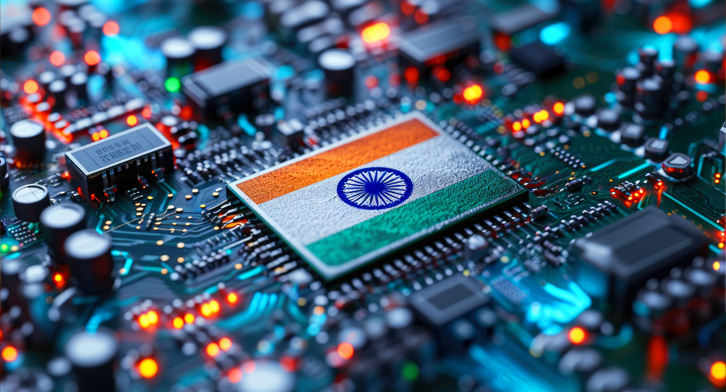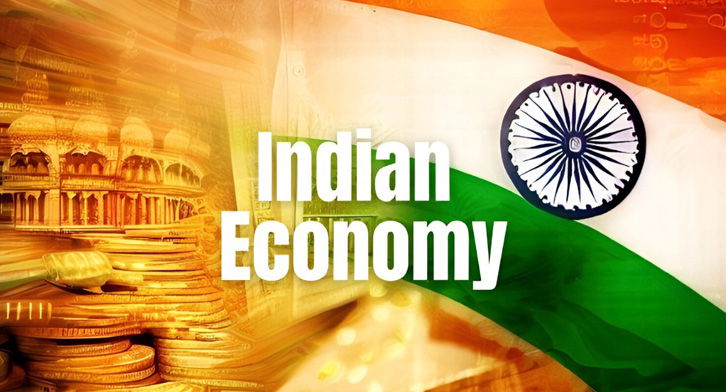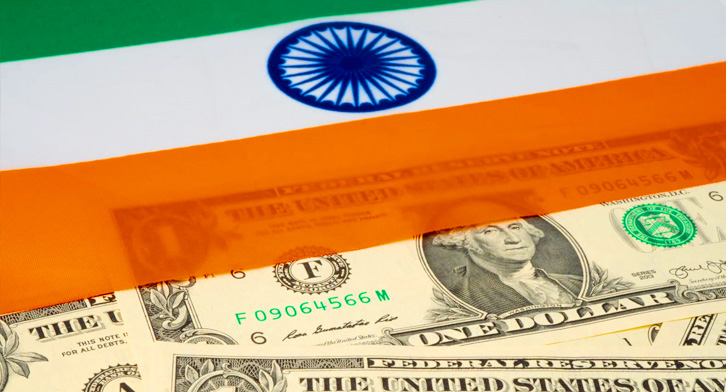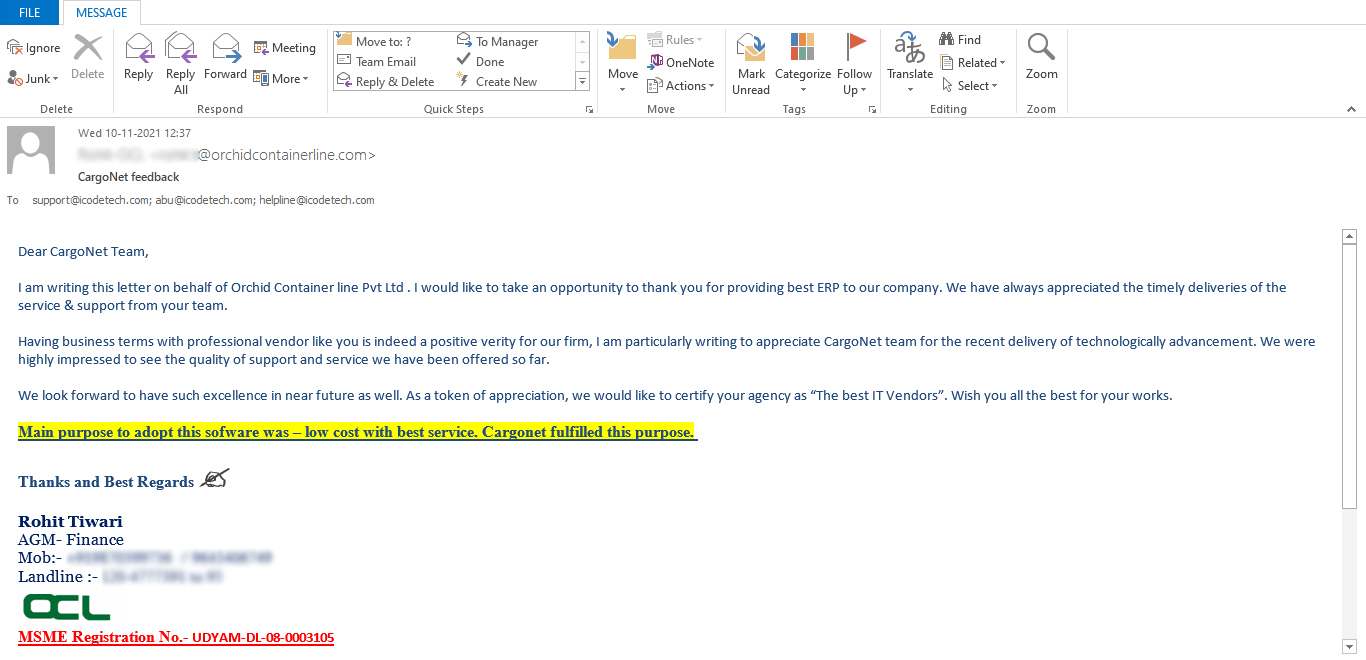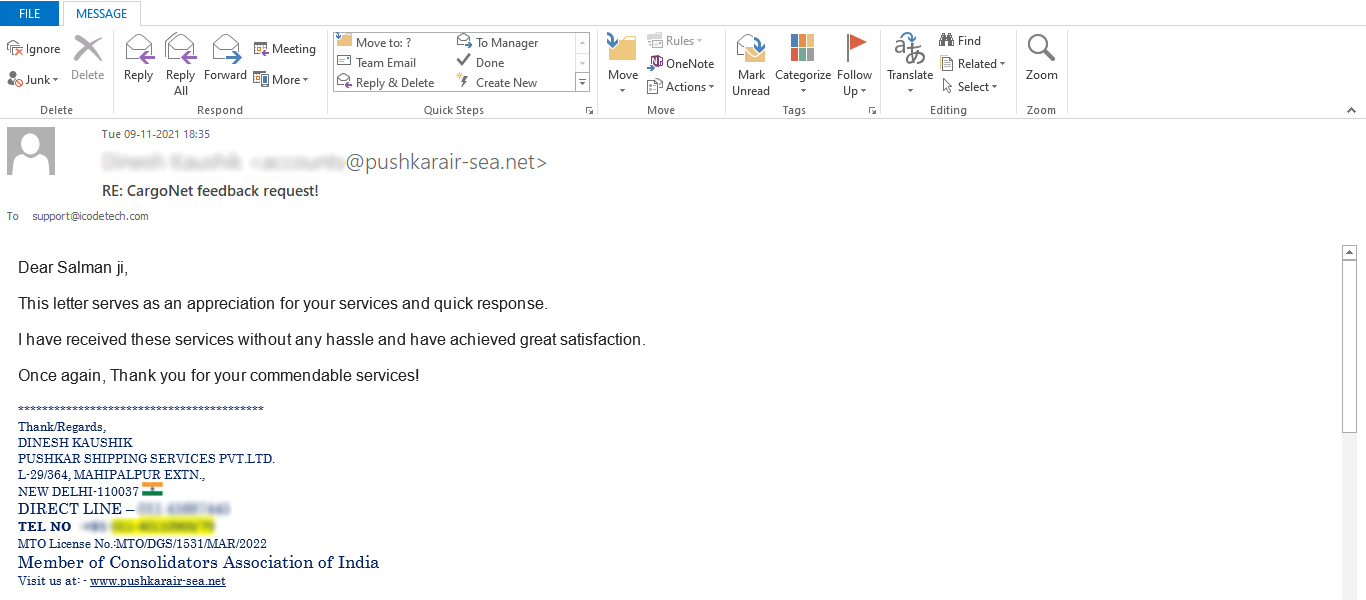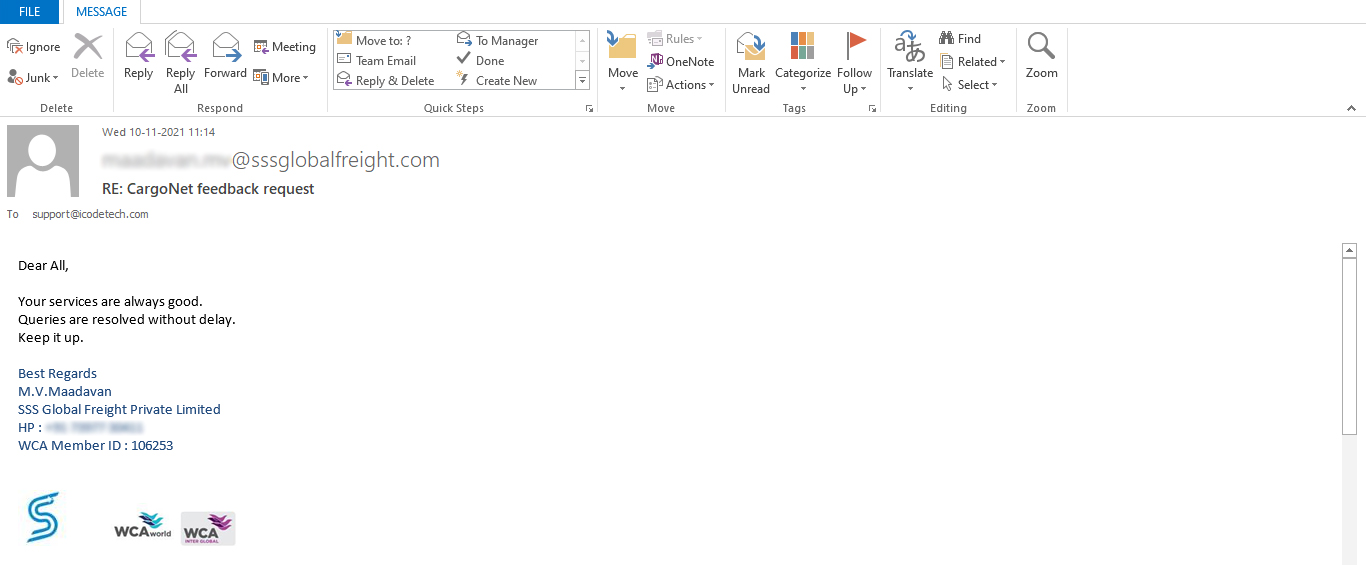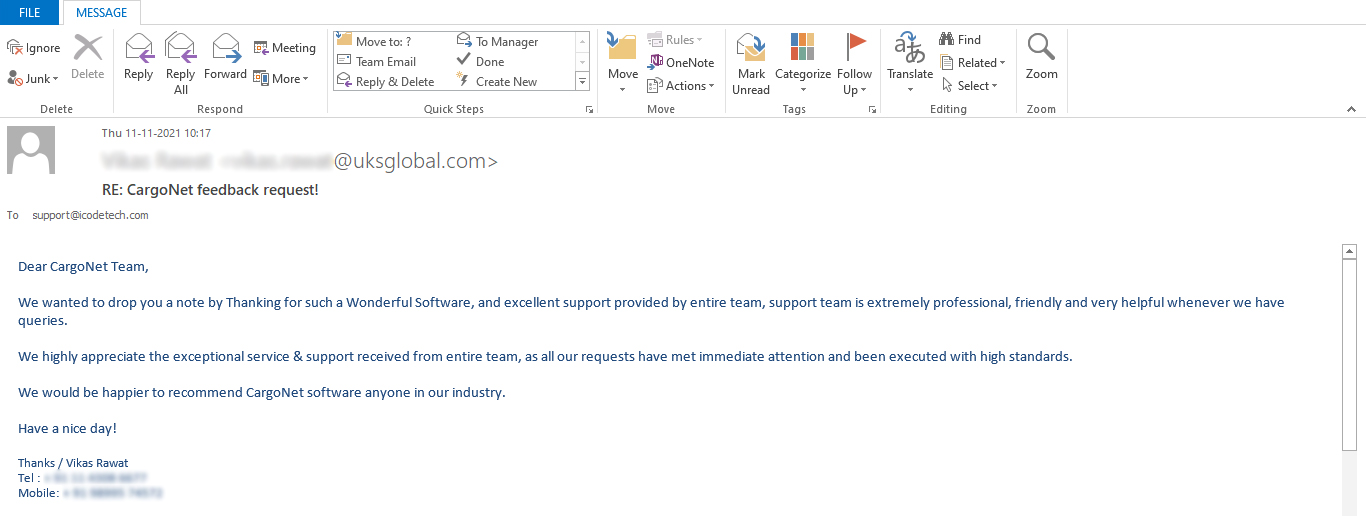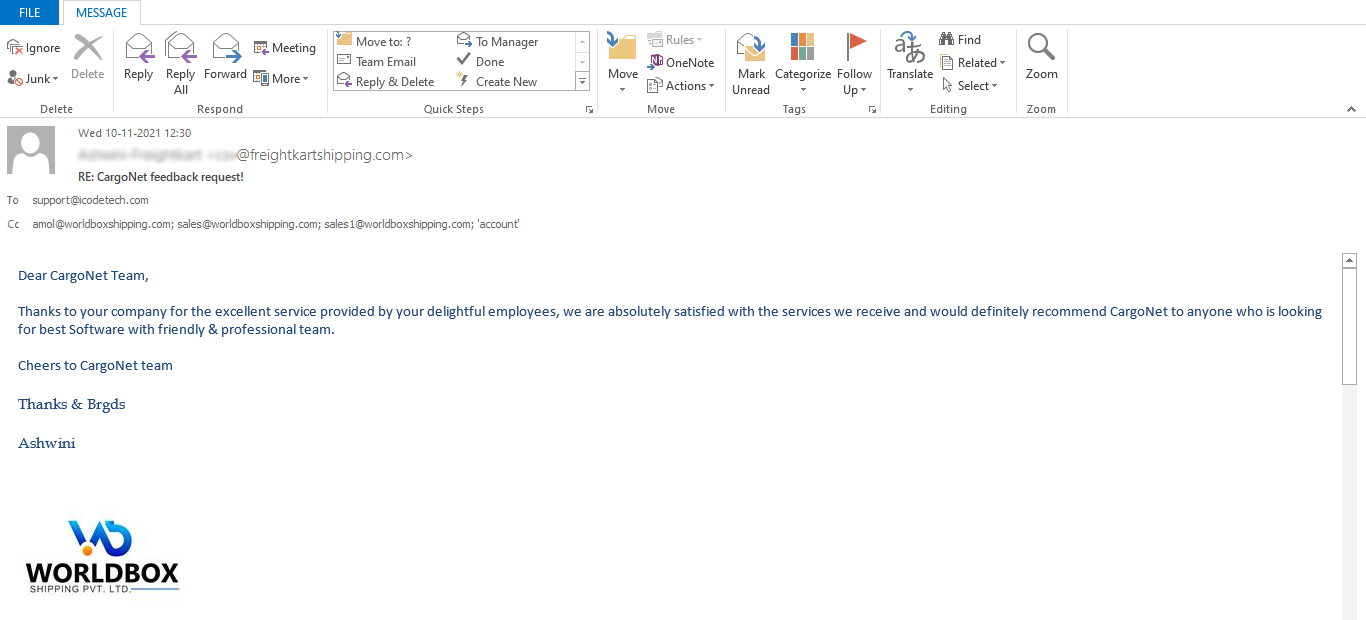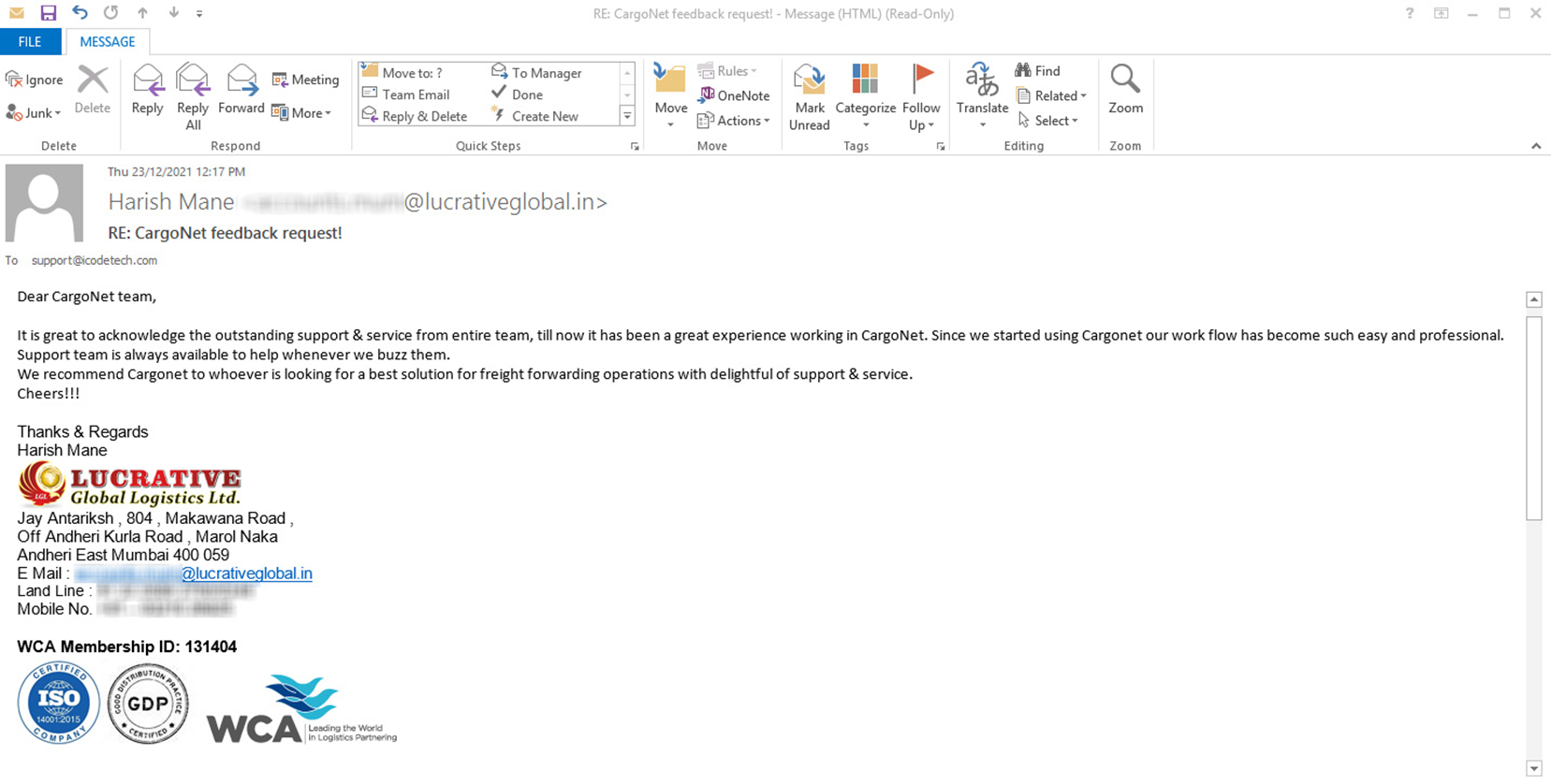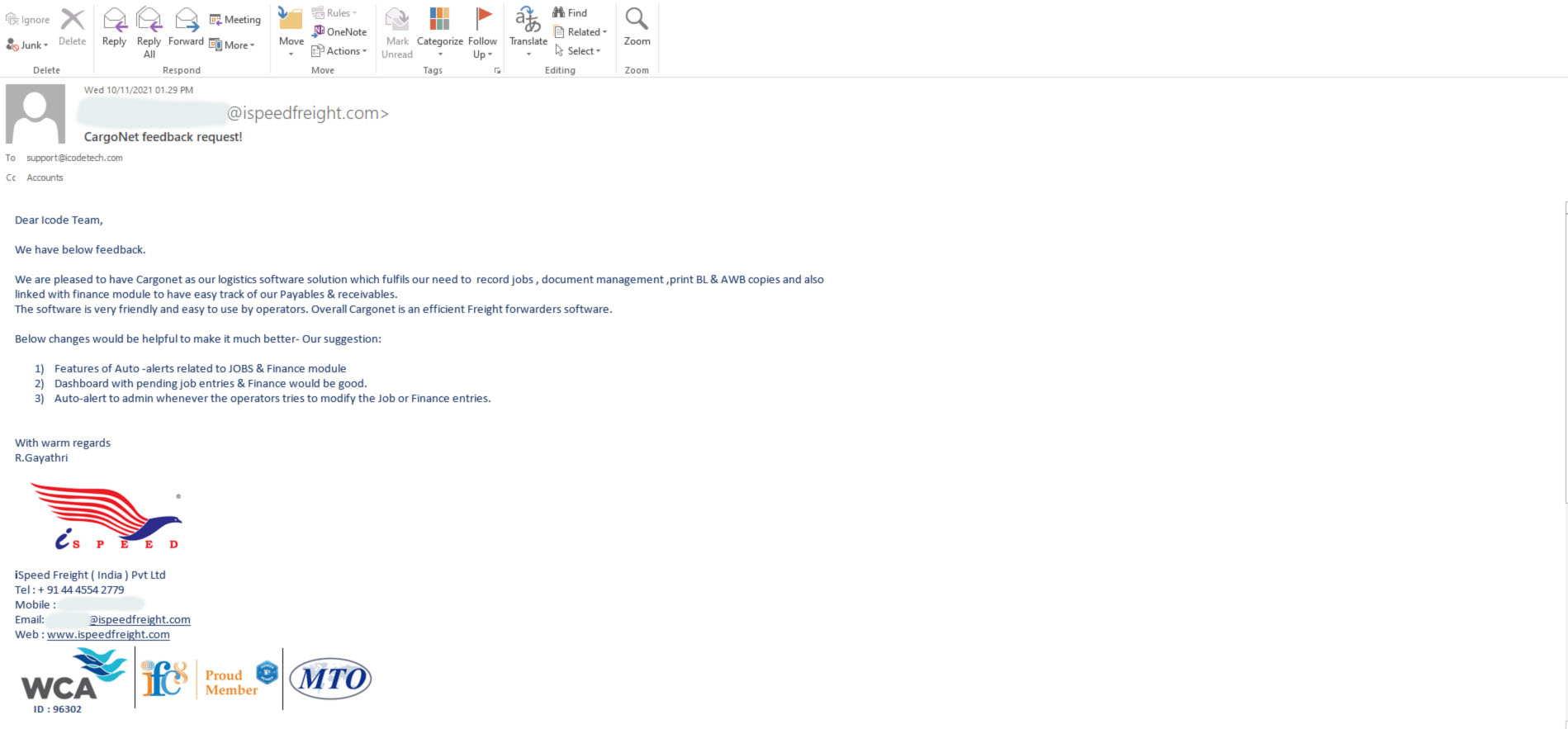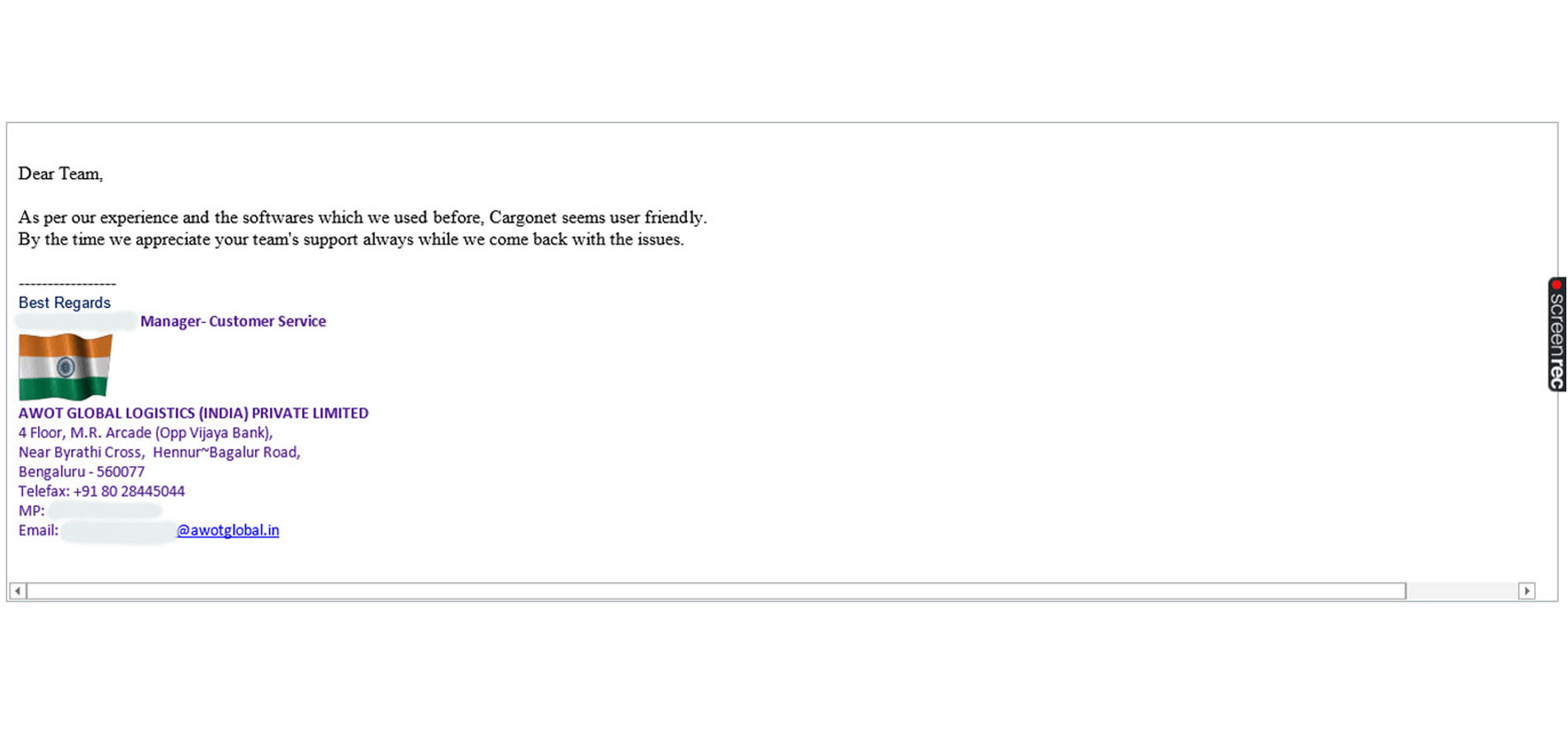Amid rising global trade tensions and a slowdown in cross-border investments, India is carving out a critical role in the global tech and logistics landscape — fast becoming a key hub for data centre infrastructure and semiconductor manufacturing, according to the latest Moody’s Analytics report, AI Is Beating the Odds.
The report reveals a surprising trend: despite macroeconomic uncertainties, capital investment in AI-related infrastructure is not just holding steady — it’s accelerating. This growth is primarily driven by the need to bridge the widening gap between exploding AI demand and the limited global supply chain capacity.
Key Highlights from Moody’s Report:
- India, Singapore, and Malaysia are emerging as high-priority destinations for global AI infrastructure investment.
- The U.S. remains the leader in outbound AI capital, fuelling overseas expansion of top-tier tech giants.
- India stands out for its:
- Cost competitiveness in large-scale tech deployments
- Expanding digital economy and tech-savvy workforce
- Government-backed initiatives supporting data centres and semiconductor fabs
- Moody’s underscores India’s pivotal role in future-ready supply chains, especially for firms seeking scalable, resilient, and innovation-driven locations in Asia.
Logistics & Industrial Impact:
- Growing demand for hyperscale data centres will boost industrial warehousing, last-mile logistics, and power infrastructure. are emerging as high-priority destinations for global AI infrastructure investment.
- Semiconductor fabrication and packaging facilities are expected to increase cross-border freight flows, especially for high-value tech equipment and materials.
- Policy initiatives like India’s Semiconductor Mission and Data Centre Policy are attracting global OEMs and logistics players to invest in Tier-1 and Tier-2 cities.
The Bigger Picture:
As artificial intelligence reshapes industries, nations that can support the physical backbone — data infrastructure, chip production, and supply chain logistics — are quickly rising to prominence. India’s positioning at this intersection of tech and logistics puts it on track to become a global hub for digital infrastructure in the coming decade.


